Hãy nhập câu hỏi của bạn vào đây, nếu là tài khoản VIP, bạn sẽ được ưu tiên trả lời.


đổi : 27,6dm = 2,76m; 3kg = 0,03 tạ
đáy bé của mảnh đất hình thang là:
\(2,76\cdot\dfrac{2}{3}=\dfrac{46}{25}\left(m\right)\)
diện tích mảnh đất hình thang là:
\(\dfrac{\left(2,76+\dfrac{46}{25}\right)\cdot8,5}{2}=19,55\left(m^2\right)\)
số tạ củ lạc mà người ta thu được là:
0,03 x 19,55 = 0,5865 (tạ)

From all the clothes above, types of clothes I like to wear most are mittens, jackets and scarf because it is winter and it's very cold, so I wear them to keep myself warm.

I always do the get up early.
Dịch: tôi thường dậy sớm
Tk cho mik nha

I,
1,C
2,A
3,C
4,A
5,C
II.
1.D
2.B
3.D
4.A
5.B
III,
11.B
12, B
13,B
14, D
15, A
16,D
17,A
18,D
19,B
20,D
21,A
22,B
23,A
24, A
25,B
IV
26. How many => how much

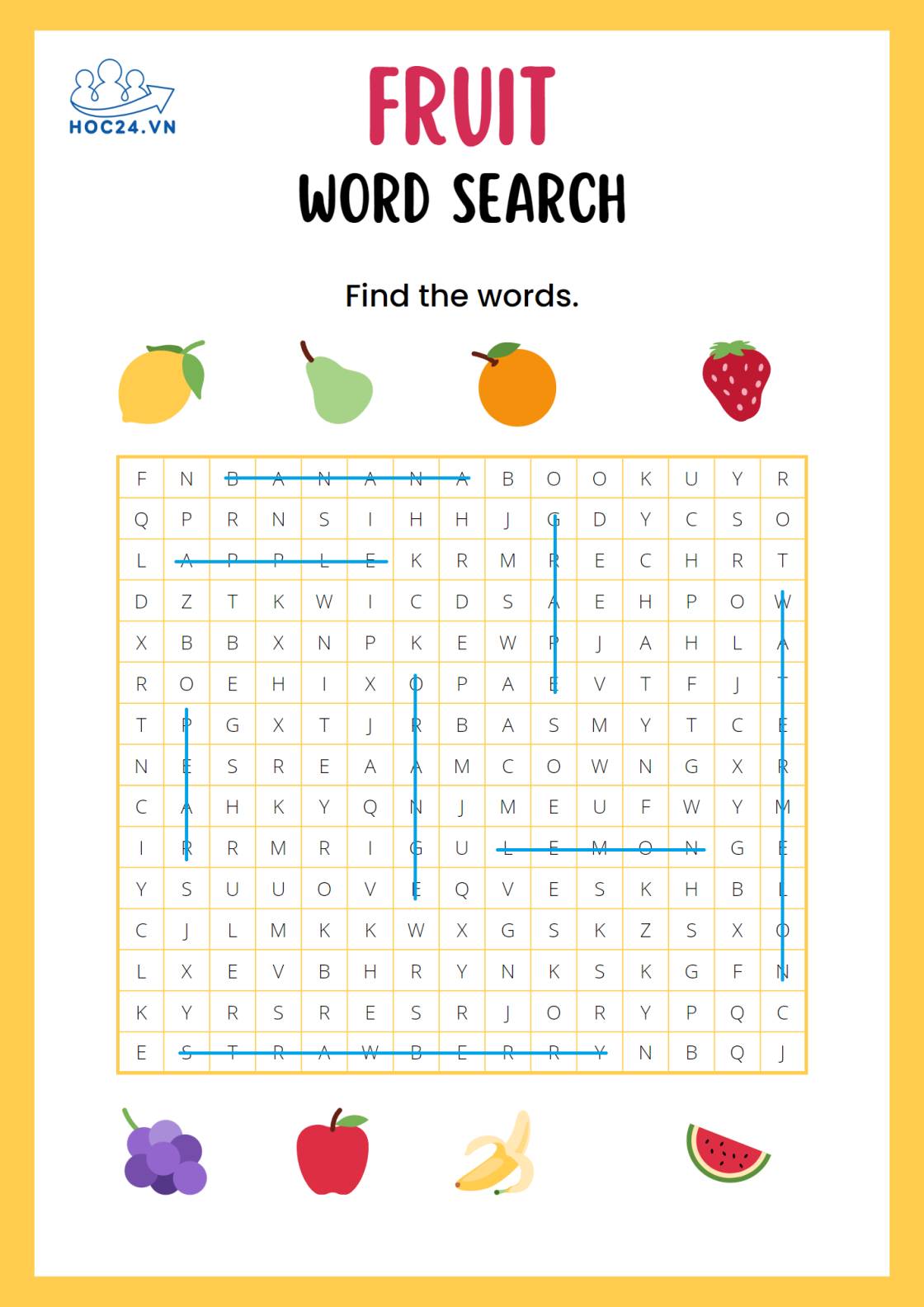
1. Banana: Chuối
2. Apple: Táo
3. Grape: Nho
4. Watermelon: Dưa hấu
5. Orange: Cam
6. Pear: Lê
7. Lemon: Chanh
8. Strawberry: Dâu

1: How far / it / from / Thai Binh / Hoi An Ancent Town ?
=> How far is it from Thai Binh to Hoi An Ancent Town ?
2. It / about / five hundred kilometres /Thái Bình / Hoi An Ancent Town
=> It's about five hundred kiloemetres from Thai Binh to Hoi An Anent Town .
.....
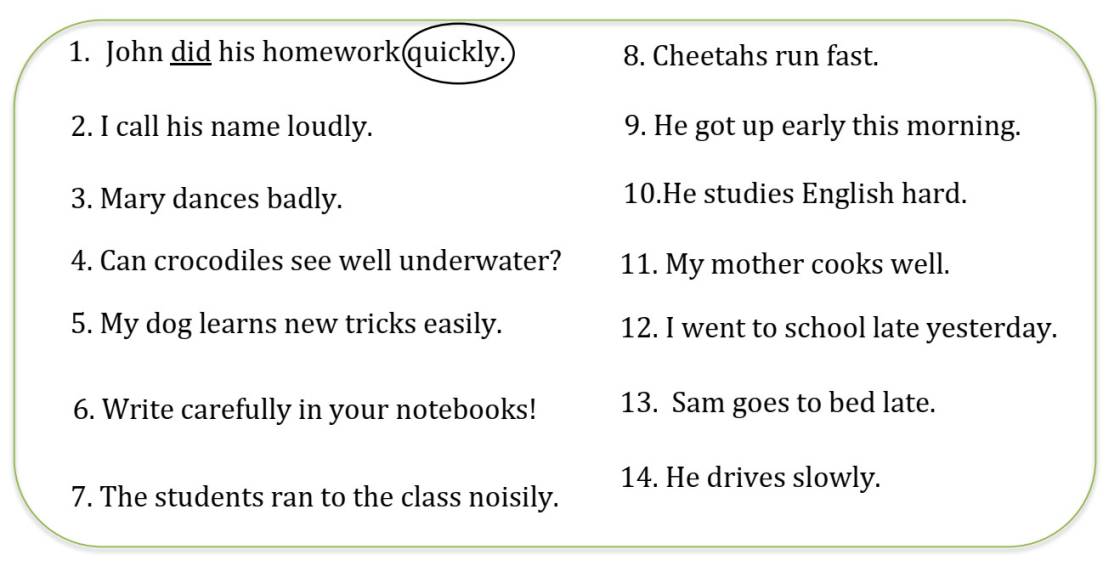

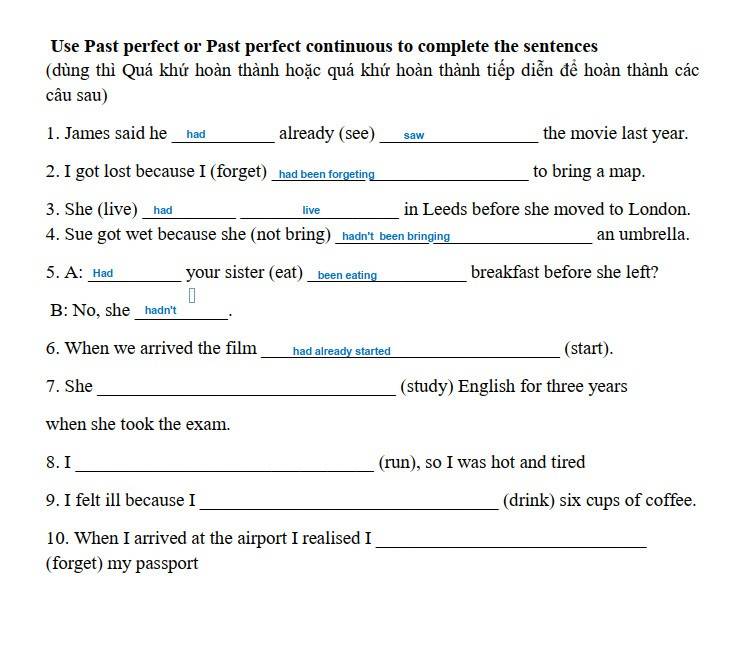

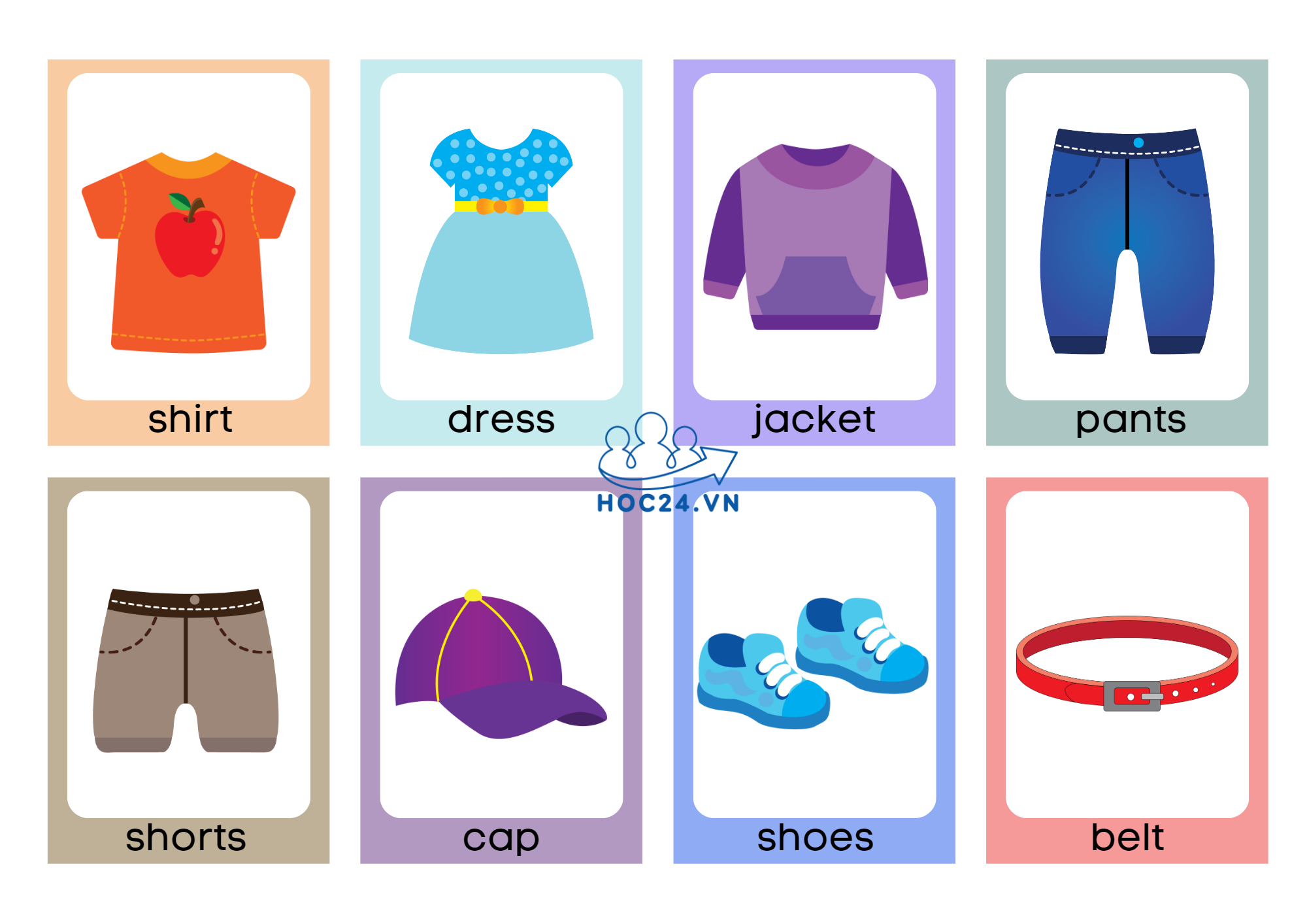
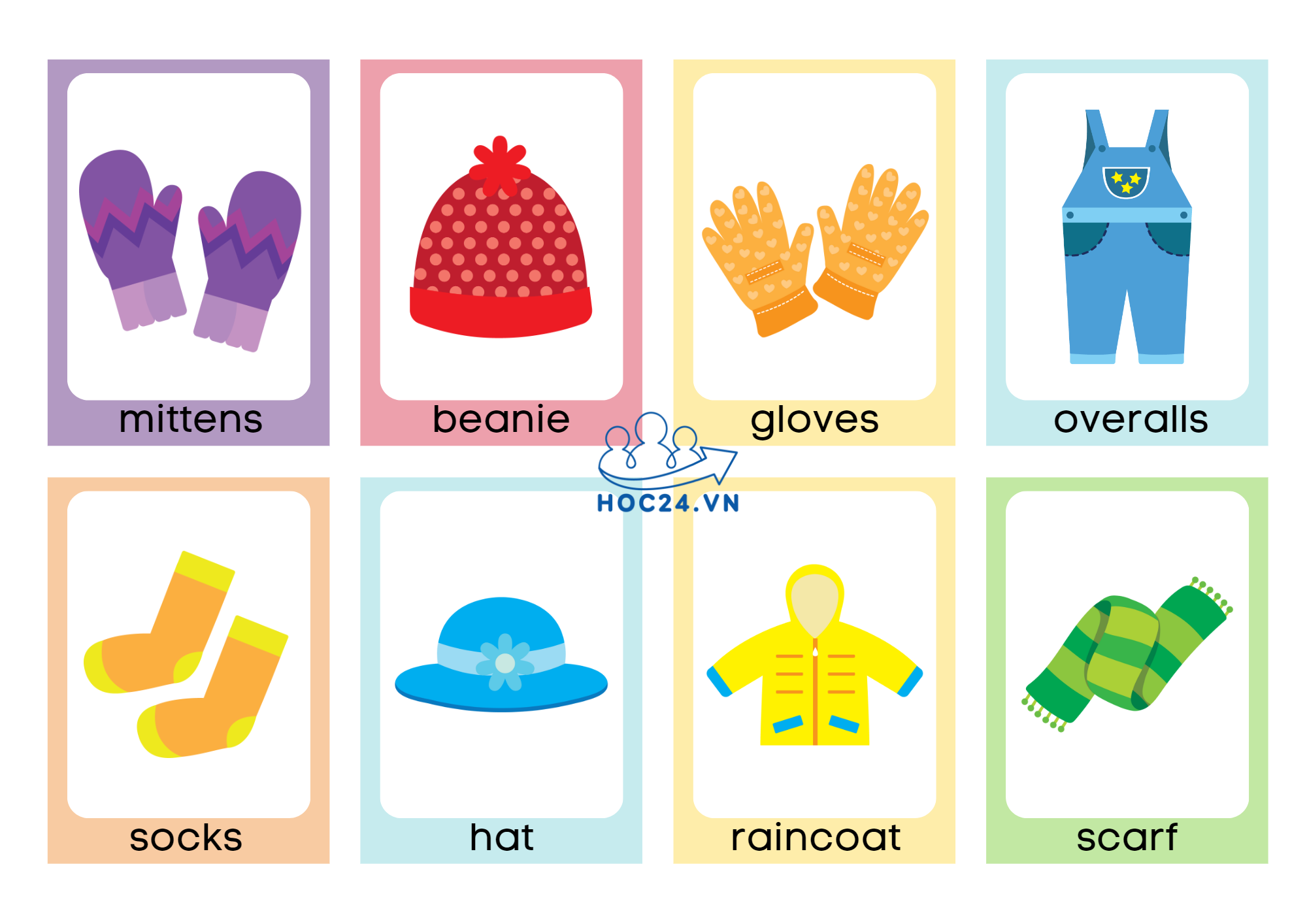

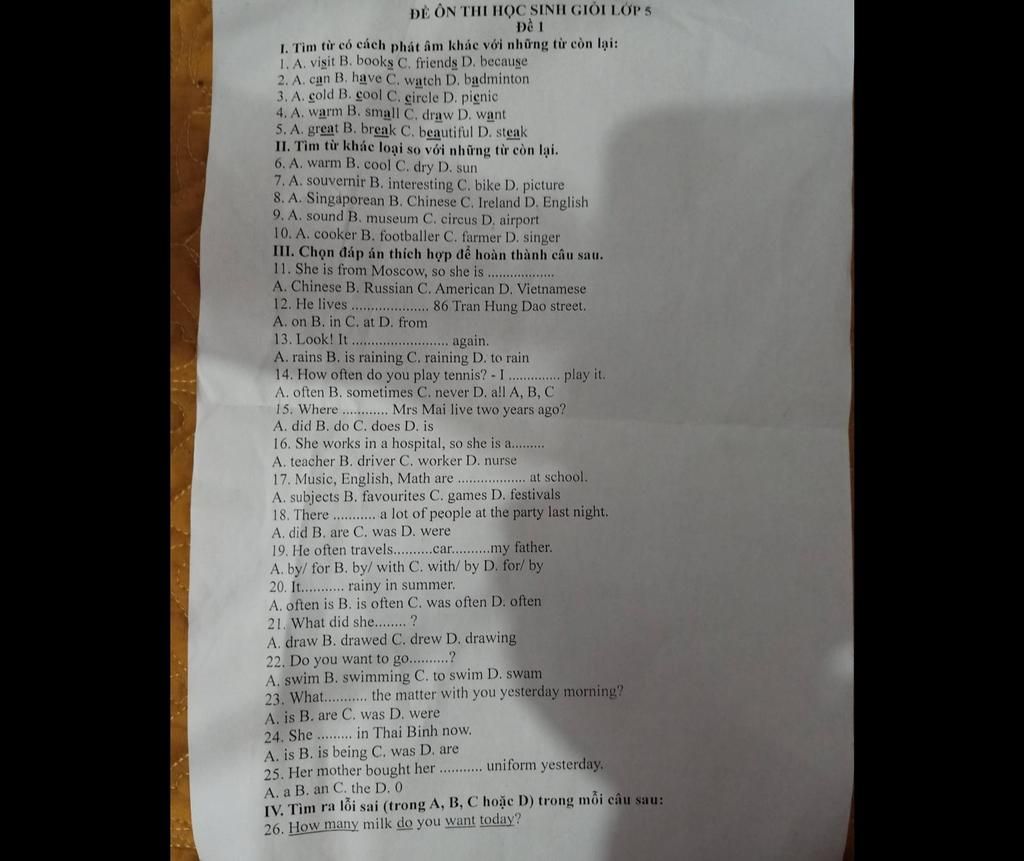
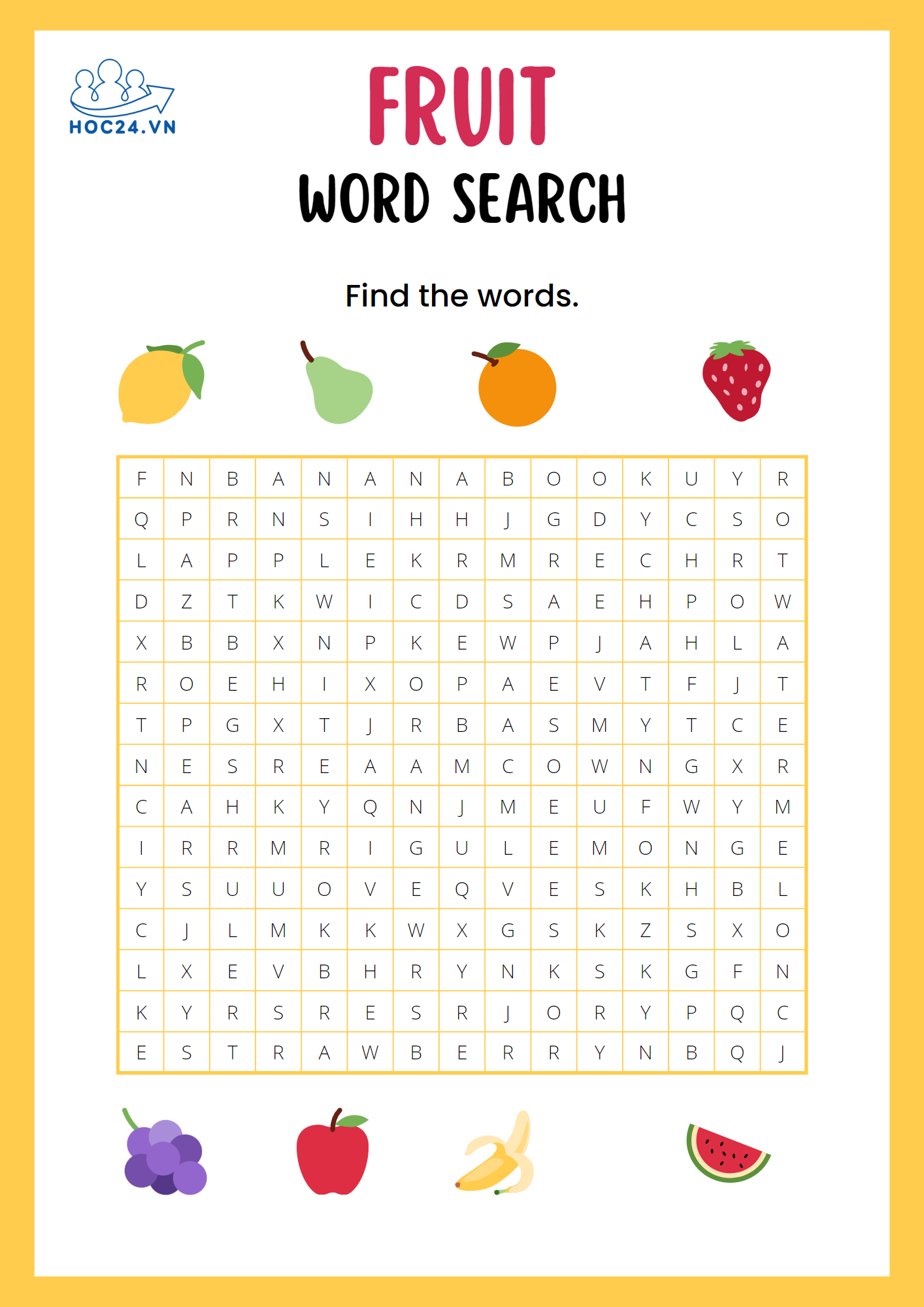
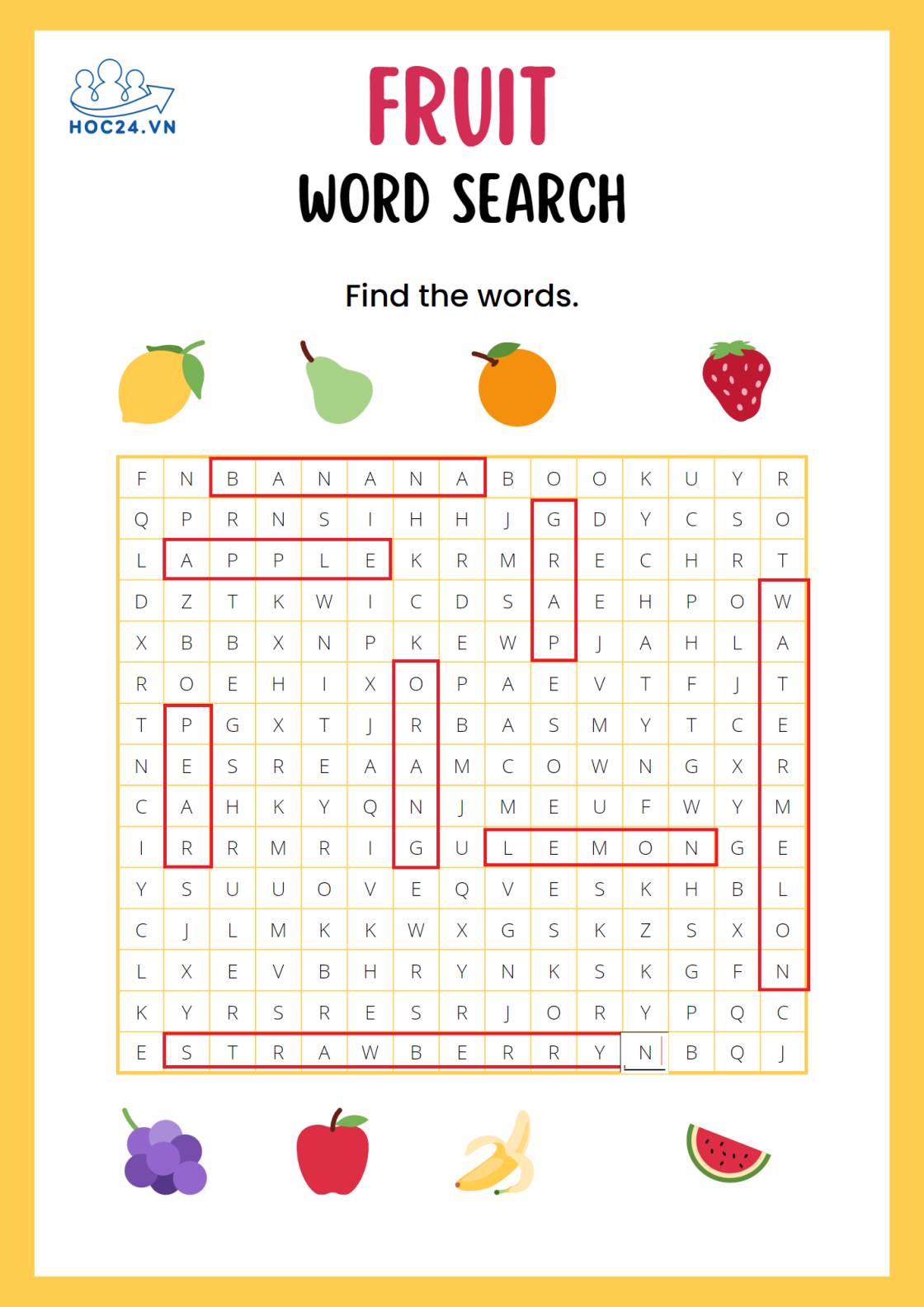

Gạch chân là động từ (v) còn khoanh tròn là trạng từ (adv)